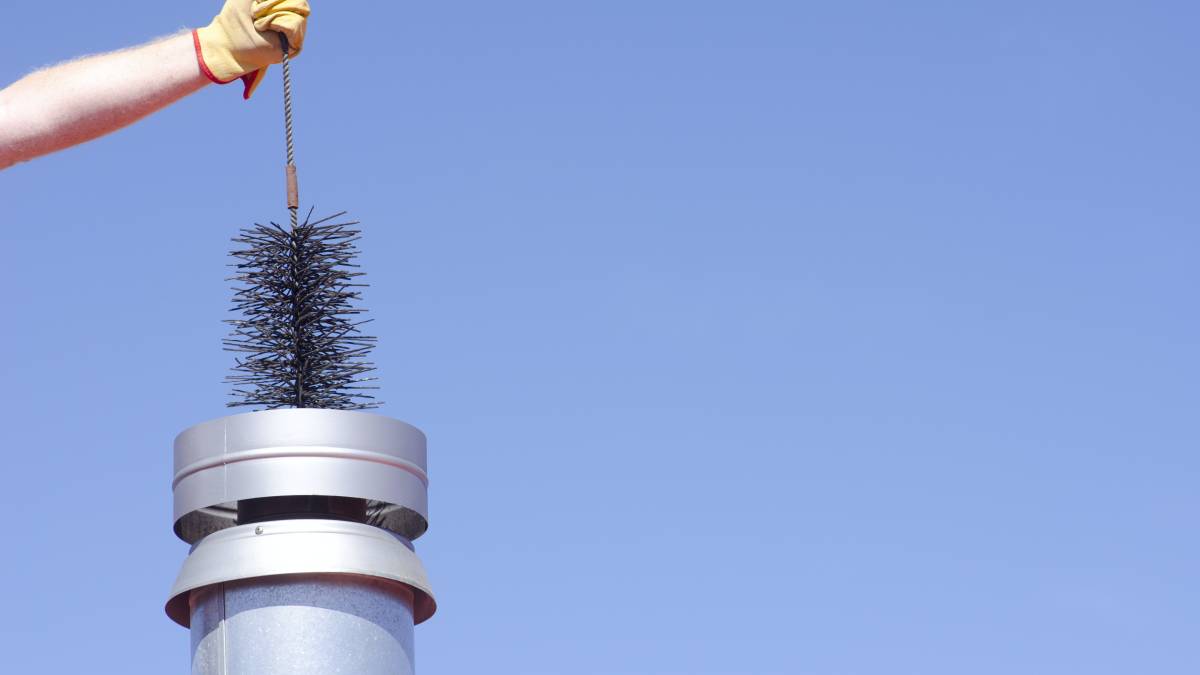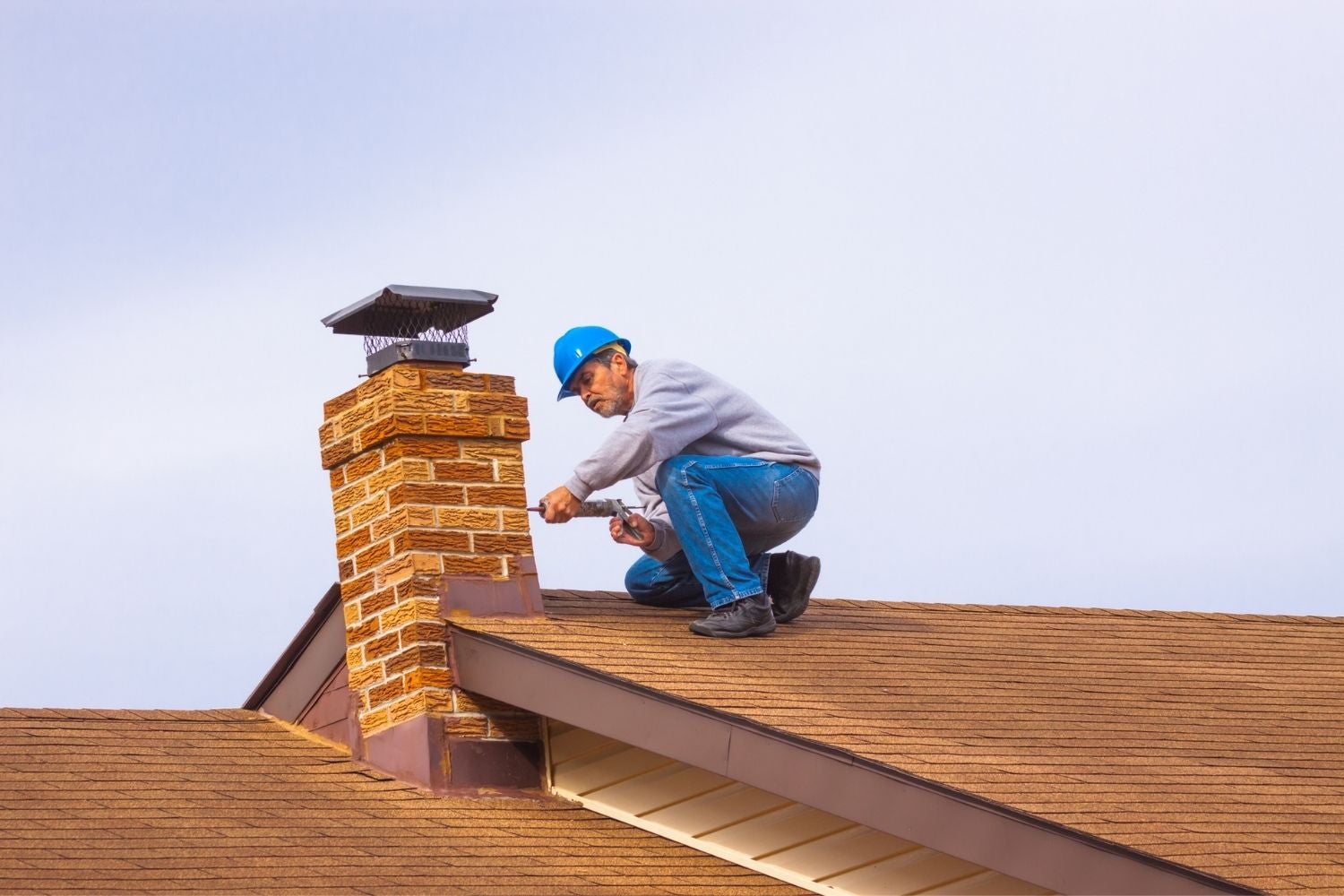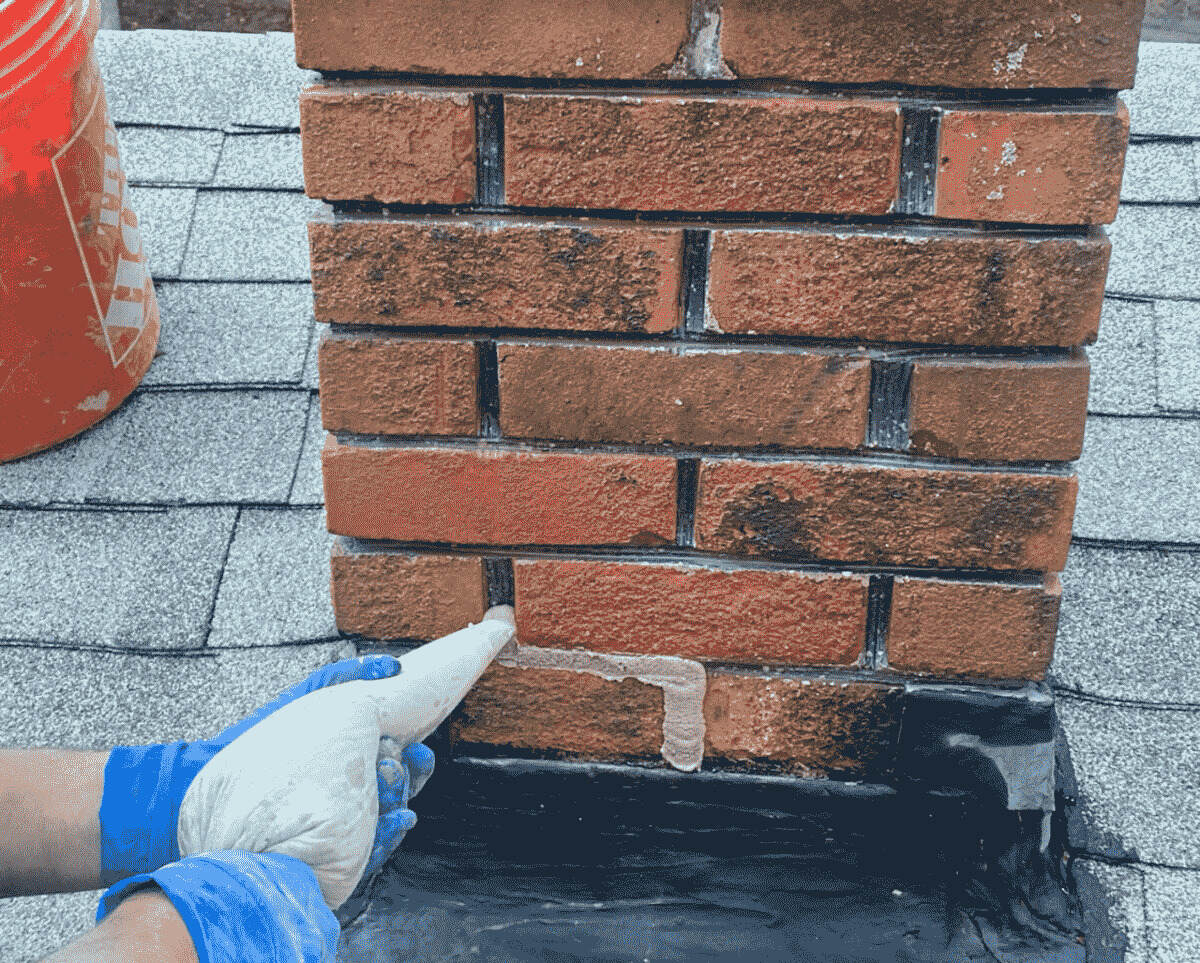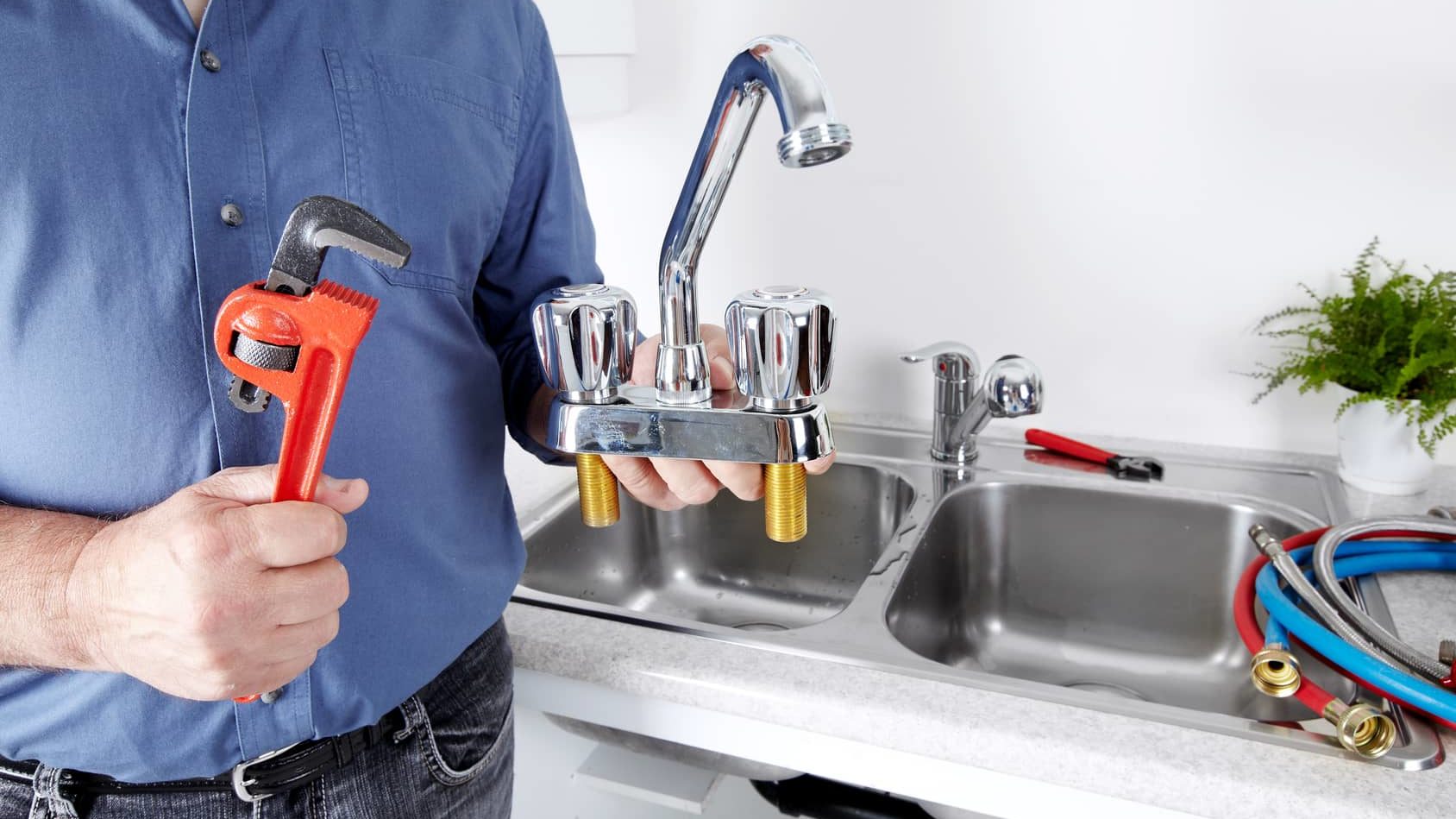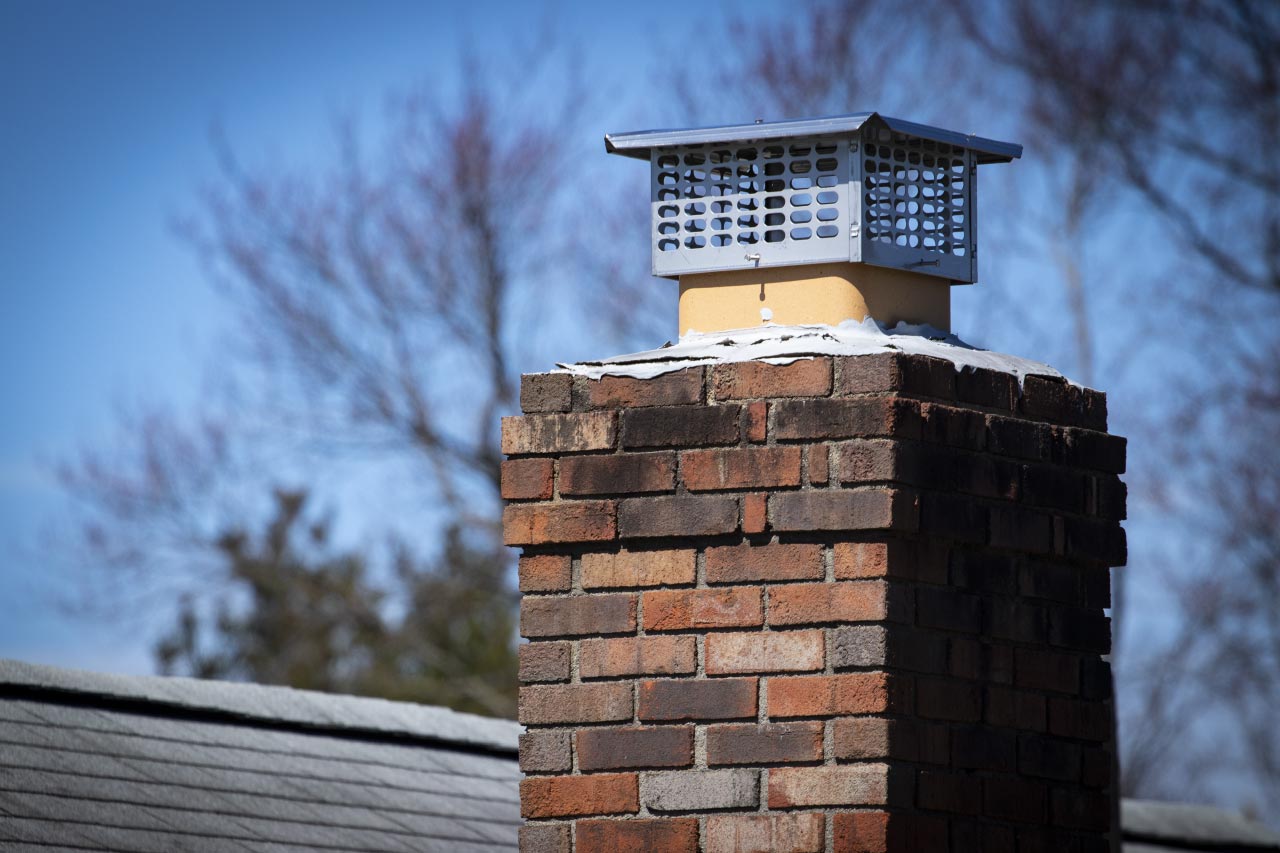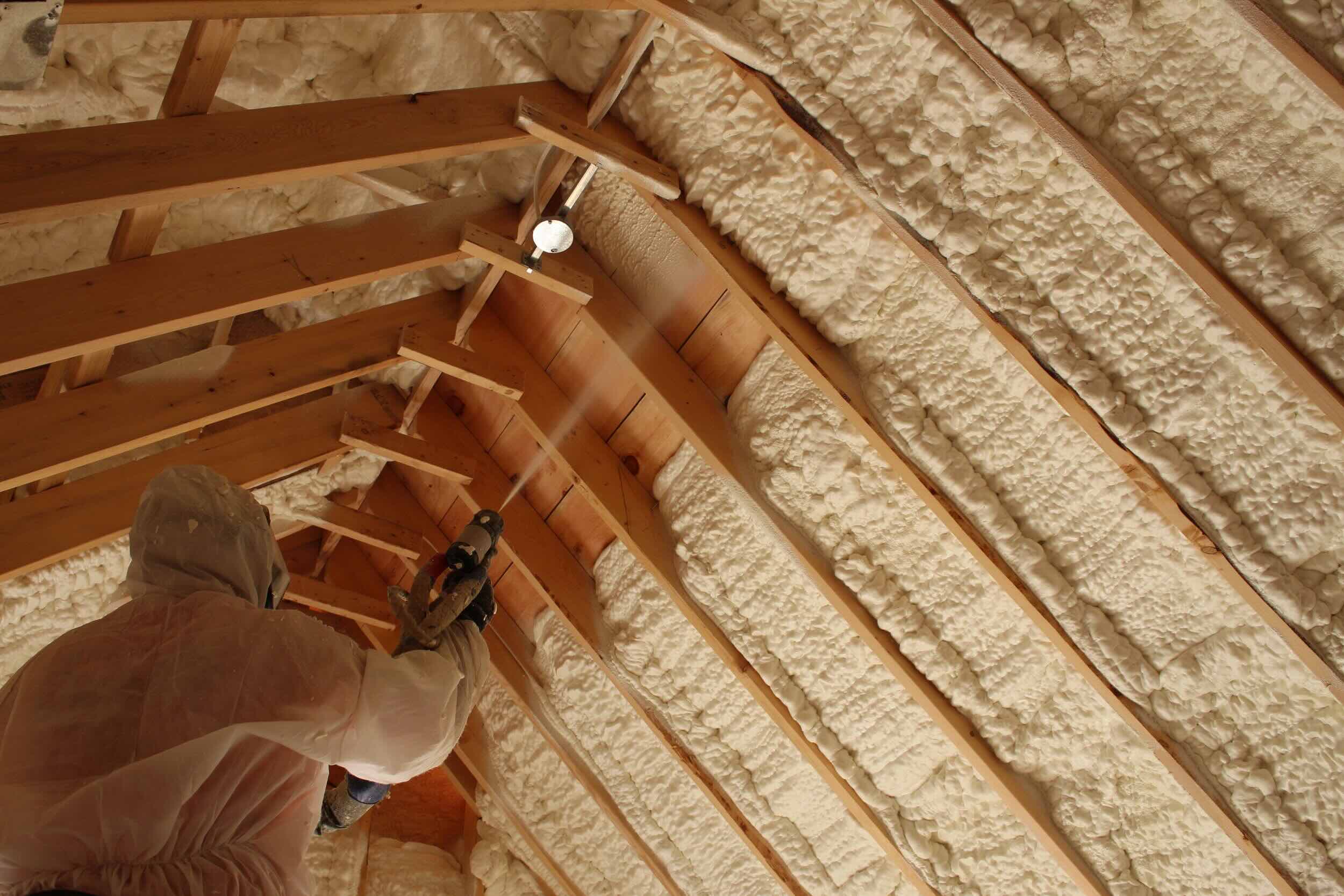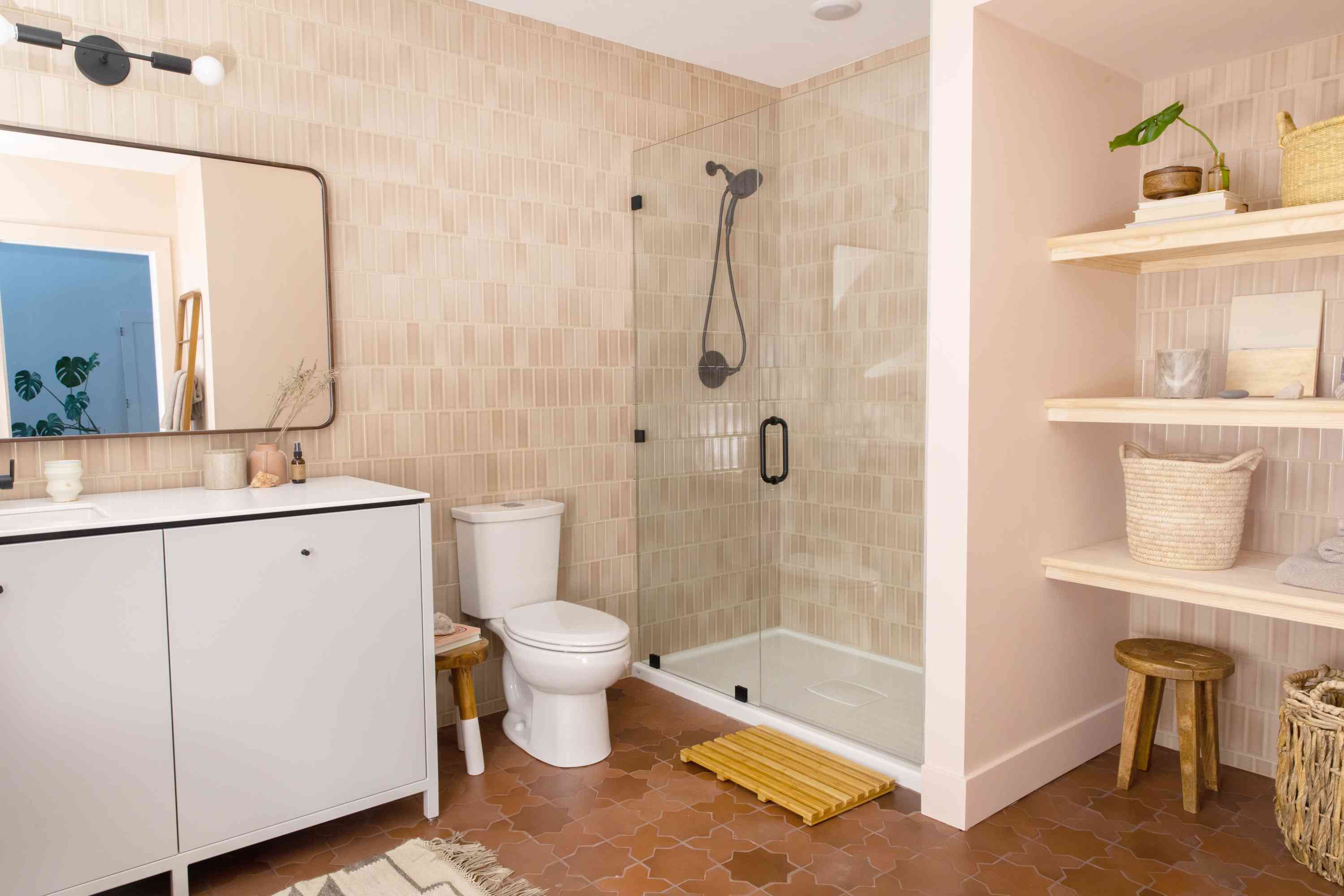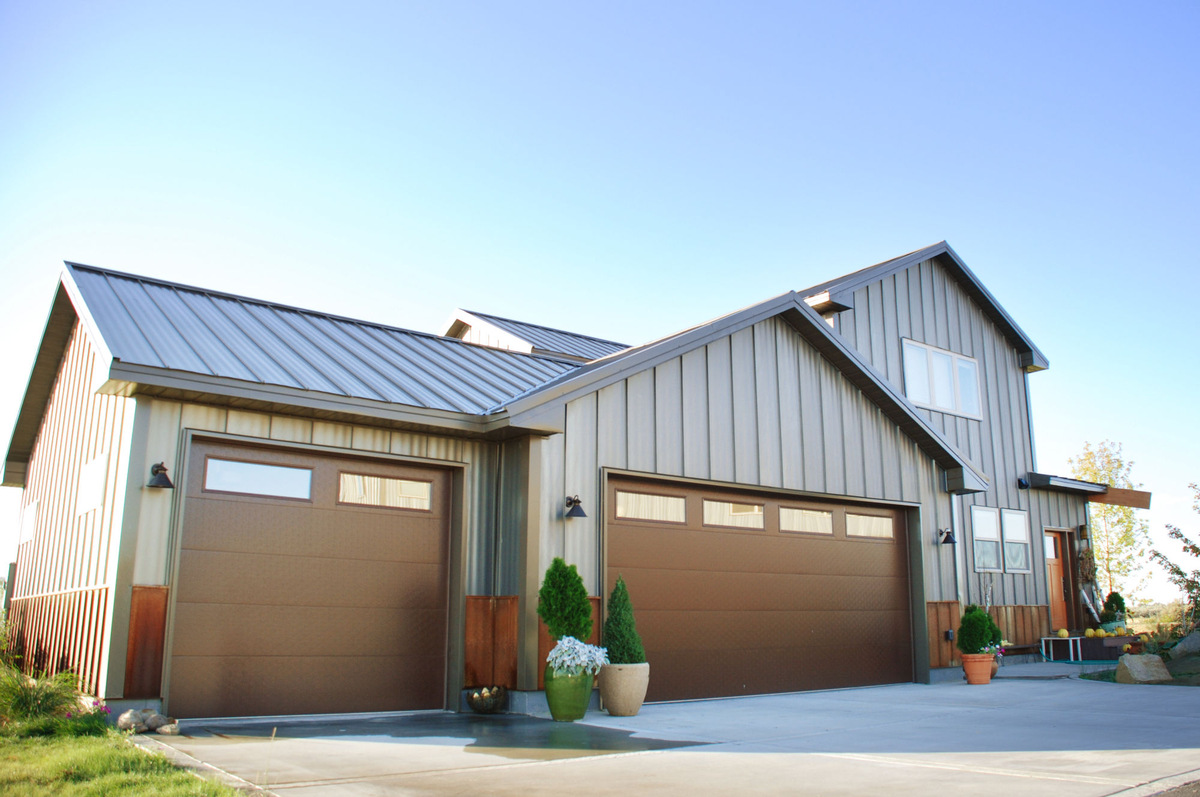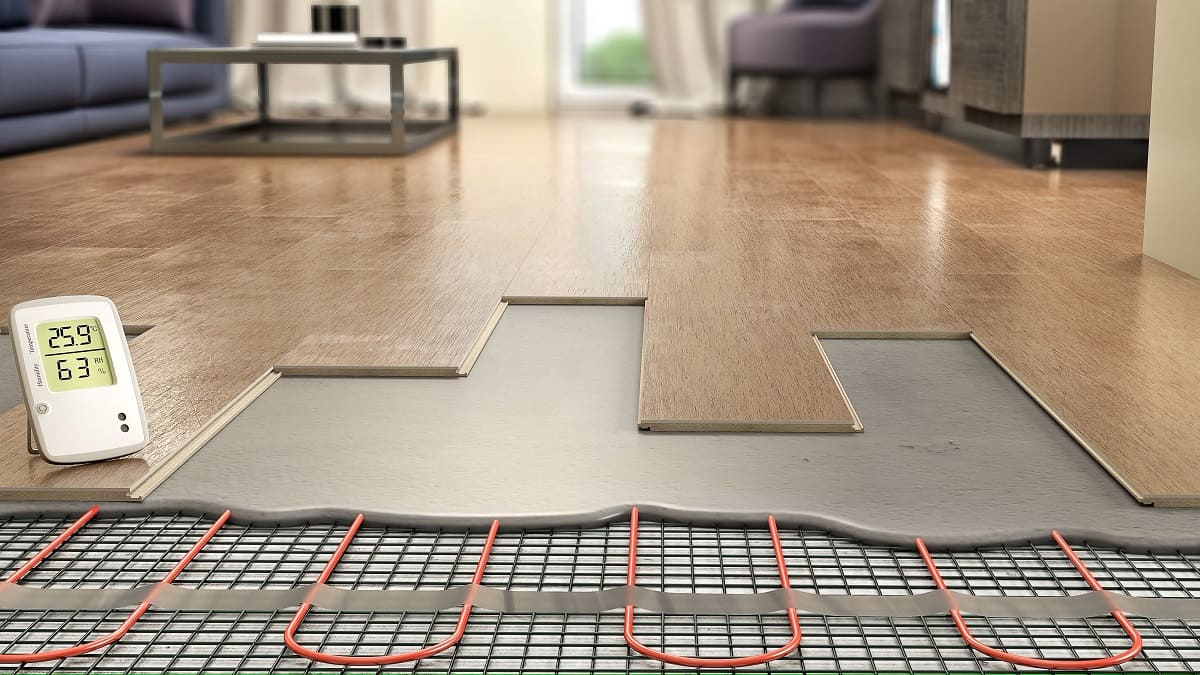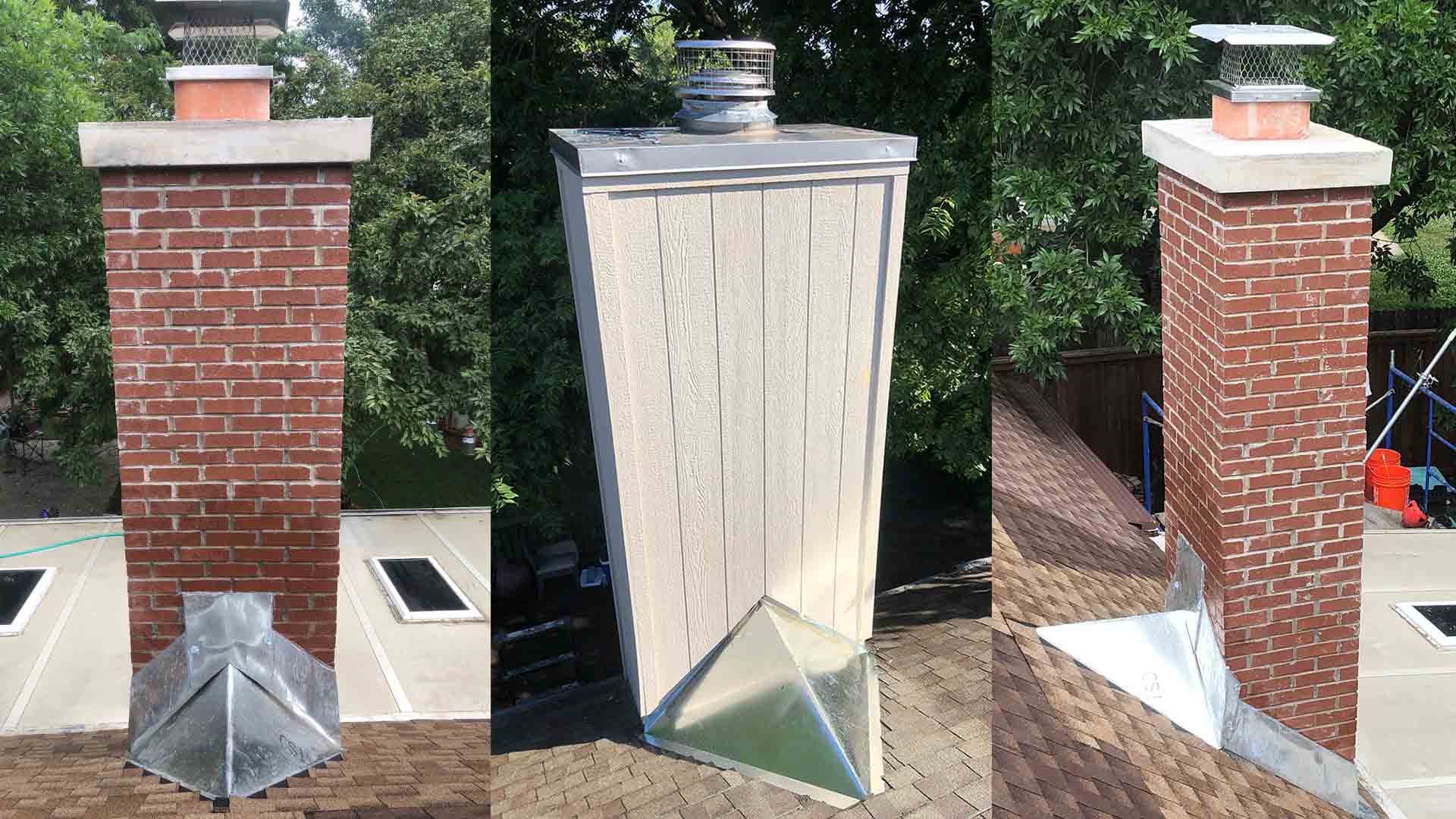Home>Home Maintenance>How Much Does Monitor Repair Cost
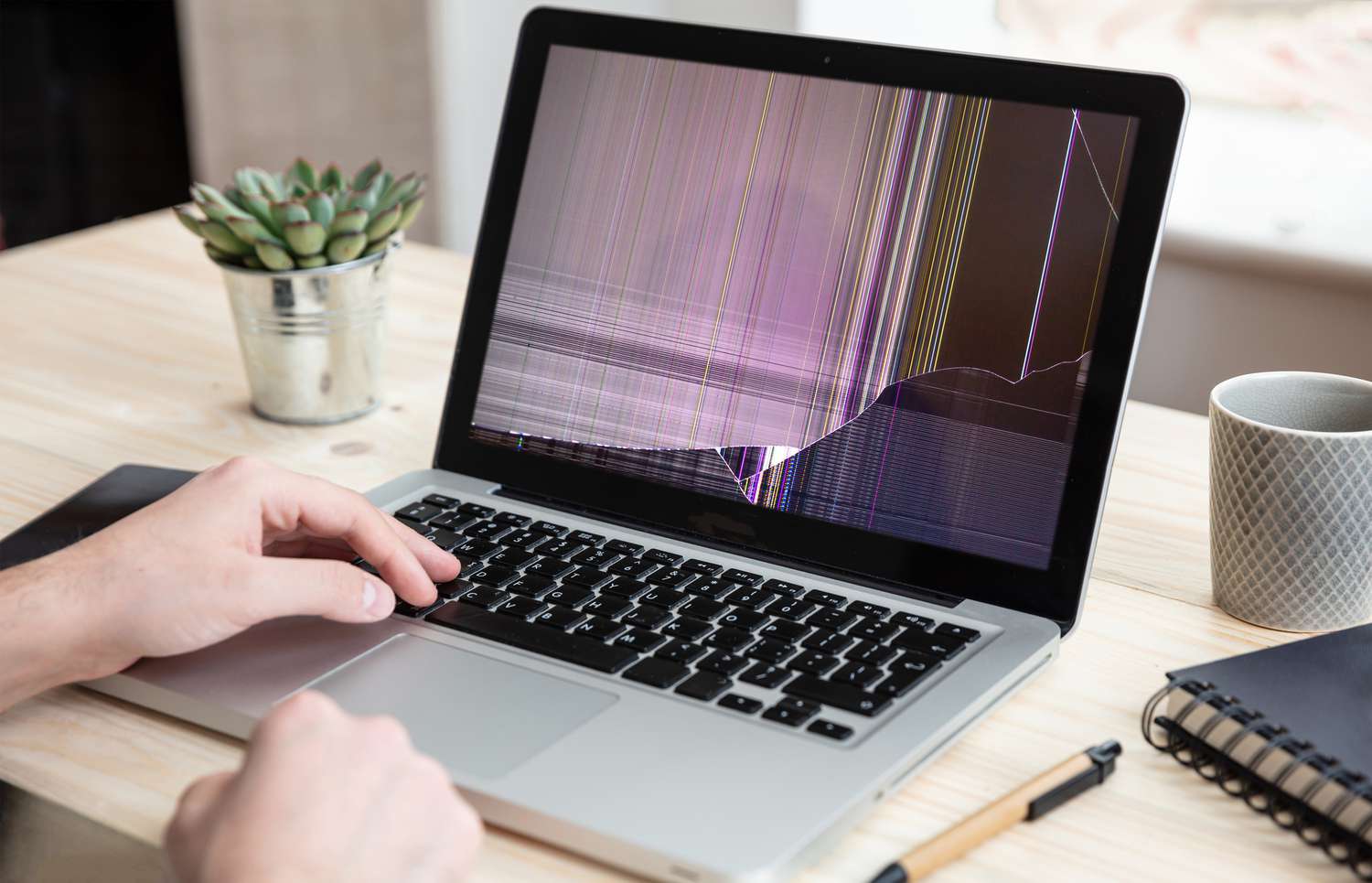

Home Maintenance
How Much Does Monitor Repair Cost
Modified: March 6, 2024
Looking to get your monitor repaired? Find out the cost of monitor repair services for your home maintenance needs.
(Many of the links in this article redirect to a specific reviewed product. Your purchase of these products through affiliate links helps to generate commission for Storables.com, at no extra cost. Learn more)
Introduction
Welcome to the world of home maintenance! As a homeowner, it’s important to stay on top of various upkeep tasks to ensure your house remains in optimal condition. One aspect of home maintenance that often gets overlooked is monitor repair. In this article, we will dive into the world of monitor repair and explore the factors that affect its cost.
A monitor is an essential component of any computer setup, whether it’s for work or leisure. However, over time, monitors can develop issues that affect their performance. These issues can range from minor glitches to major hardware failures. When faced with a malfunctioning monitor, many homeowners find themselves wondering about the cost of repair.
Understanding the factors that influence monitor repair costs can help you make informed decisions when dealing with these issues. By assessing the severity of the problem and weighing the pros and cons of DIY repair versus professional repair, you can determine the most cost-effective solution.
In this article, we will explore the common monitor issues that homeowners encounter and their associated repair costs. We will also discuss the advantages and disadvantages of DIY monitor repair versus seeking professional assistance. Additionally, we will provide tips on how to minimize monitor repair costs and ensure the longevity of your screen.
Whether you’re dealing with a flickering display, a cracked screen, or any other monitor-related problem, this article will equip you with the information you need to navigate the world of monitor repair and make knowledgeable decisions.
So, let’s take a closer look at the factors that affect monitor repair costs and find out how you can save money while keeping your monitor in top-notch condition!
Key Takeaways:
- Monitor repair costs vary based on factors like issue type, extent of damage, and monitor age. DIY repairs can save money, but professional help is best for complex issues.
- To minimize monitor repair costs, handle your monitor with care, use surge protectors, and follow manufacturer guidelines. Preventive measures can reduce the need for expensive repairs.
Read more: How Much Does Chimney Inspection Cost
Factors Affecting Monitor Repair Cost
When it comes to monitor repair costs, several factors come into play. Understanding these factors can help you gauge the potential expenses involved in fixing your monitor. Let’s take a look at the key factors influencing monitor repair costs:
- Type of Issue: The type of issue your monitor is experiencing plays a significant role in determining the cost of repair. Common problems such as dead pixels, backlight failure, or loose connections may have relatively lower repair costs compared to more complex issues like a damaged LCD panel or broken circuit boards.
- Extent of Damage: The extent of damage to your monitor is another factor that affects the repair cost. Minor issues that require simple repairs or component replacements tend to be less expensive. However, if the damage is extensive and requires major repairs or component replacements, the cost can significantly increase.
- Age of the Monitor: The age of your monitor plays a role in determining the repair cost. Older monitors may require sourcing obsolete parts or require more labor-intensive repair processes, which can result in higher costs. In some cases, it may be more cost-effective to replace an older monitor rather than repair it.
- Brand and Model: The brand and model of your monitor can also impact the repair cost. Some brands have proprietary components or design features that make repairs more expensive. Additionally, monitors with high-resolution screens or specialized features may have higher repair costs due to the complexity and cost of replacing these components.
- Warranty Coverage: If your monitor is still under warranty, you may be able to get it repaired or replaced at no additional cost. However, warranties typically have limitations and exclusions, so it’s essential to review the terms and conditions to determine what is covered.
- Location and Repair Service Provider: The location in which you seek monitor repair and the repair service provider you choose can influence the cost. Repair services in urban areas or specialized repair centers may have higher labor and overhead costs, resulting in higher repair prices. Researching and comparing multiple repair service providers can help you find the most cost-effective option.
Keep in mind that these factors are not exhaustive, and each monitor repair situation is unique. It’s always a good idea to consult with a professional repair technician to assess the issue and provide an accurate estimate of the repair cost.
Now that we understand the factors affecting monitor repair costs, let’s delve into the common monitor issues homeowners face and the associated repair costs.
Common Monitor Issues and Repair Costs
Monitors can suffer from a variety of problems that affect their functionality and performance. In this section, we will discuss some of the most common monitor issues homeowners encounter and provide an estimate of the repair costs involved:
- Dead Pixels: Dead pixels are non-functioning pixels on your monitor’s display. They can appear as black dots or tiny white spots. The cost of repairing dead pixels will depend on the number of dead pixels and the size of the monitor. On average, repairing dead pixels can range from $50 to $200.
- Backlight Failure: Backlight failure is a common issue that can cause dim or completely dark areas on the screen. Repairing a backlight failure may involve replacing the backlight or the entire display panel. The cost of backlight repair can range from $100 to $300, depending on the monitor size and complexity.
- Cracked or Damaged Screen: A cracked or damaged screen is a more severe issue that often requires a complete screen replacement. Repair costs for a cracked screen can vary significantly based on the monitor size, type, and brand. On average, screen repairs or replacements can range from $200 to $600.
- Power or Signal Issues: Power or signal issues can manifest as flickering screens, intermittent display, or no display at all. Repairing power or signal issues may involve fixing faulty connectors or replacing internal components. The cost of repairing power or signal issues can range from $50 to $200, depending on the complexity of the problem.
- Image Distortion or Color Issues: Image distortion or color issues can result from problems with the graphics card, cables, or the monitor itself. Repairing these issues may require troubleshooting the source of the problem and replacing faulty components. The repair costs for image distortion or color issues can range from $100 to $300.
It’s important to note that these repair cost estimates are approximate and can vary based on factors such as the monitor brand, model, and location of repair. Additionally, these costs do not include any diagnostic fees or additional labor charges that may be incurred during the repair process.
Next, let’s explore whether it’s advisable to attempt DIY monitor repair or seek professional assistance.
DIY Monitor Repair vs Professional Repair
When faced with a monitor issue, you may wonder whether it’s better to attempt a DIY repair or seek professional assistance. Both options have their pros and cons, and the decision ultimately depends on factors such as your level of technical expertise, the complexity of the problem, and the overall repair cost. Let’s consider the advantages and disadvantages of each:
DIY Monitor Repair
Advantages:
- Cost Savings: DIY repair allows you to save money on labor costs, especially for minor issues that can be easily fixed without specialized skills or equipment.
- Learning Opportunity: If you enjoy tinkering and learning new skills, attempting a DIY monitor repair can be a rewarding educational experience.
- Convenience: DIY repair gives you the flexibility to work on the monitor at your own pace and within your own schedule.
Disadvantages:
- Risk of Further Damage: Without proper knowledge and expertise, there is a risk of causing further damage to your monitor while attempting a repair.
- Limited Warranty Coverage: If you perform a DIY repair, it may void any existing warranty on your monitor, leaving you responsible for all future repairs.
- Lack of Specialized Tools and Parts: Some monitor repairs require specialized tools and replacement parts that may not be readily available to DIY enthusiasts.
Read more: How Much Does It Cost To Replace A Chimney
Professional Monitor Repair
Advantages:
- Expertise and Experience: Professional repair technicians have the knowledge and experience to diagnose and fix a wide range of monitor issues efficiently.
- Quality Assurance: By opting for professional repair, you can expect quality workmanship and the use of genuine replacement parts.
- Warranty Protection: Professional repair services often offer warranties on their work, providing you with peace of mind against future issues.
Disadvantages:
- Higher Cost: Professional monitor repair typically involves labor costs that can be more expensive than DIY repairs, especially for minor issues.
- Dependency on Service Availability: Depending on your location, you may have limited options for reputable monitor repair services, leading to potential delays.
- Lack of Control: When opting for professional repair, you may have less control over the repair process and the use of specific replacement parts.
When deciding between DIY repair and professional repair, it’s essential to assess your comfort level with electronics, the level of risk you’re willing to accept, and the financial implications. For complex issues or if you’re unsure about your technical abilities, it’s generally advisable to seek professional help to ensure a successful and safe repair.
Now that we’ve explored the DIY and professional repair options, let’s take a look at the average costs associated with monitor repair services.
Average Cost of Monitor Repair Services
The cost of professional monitor repair services can vary based on several factors, including the type of issue, the size and brand of the monitor, the location, and the repair service provider. While it’s difficult to provide exact figures due to this variability, we can provide a general range of average costs for monitor repairs. It’s important to note that these estimates are approximate and may differ based on individual circumstances.
For minor issues such as dead pixels or power/signal problems, the average cost of repair can range from $50 to $200. These repairs typically involve component replacements or simple troubleshooting tasks.
For more significant issues like backlight failure or image distortion, the average repair cost can range from $100 to $300. These repairs may involve more complex troubleshooting, component replacements, or repairs to the display panel.
In the case of a cracked or damaged screen, the cost of repair can range significantly based on the size of the monitor and the complexity of the replacement. On average, screen repairs or replacements can range from $200 to $600. Keep in mind that larger screens or specialized monitors may have higher repair costs.
It’s essential to obtain accurate quotes from reputable repair service providers to get a precise estimate for your specific monitor make and model. Some repair providers may charge a diagnostic fee, which is often deducted from the total repair cost if you proceed with the service.
Moreover, it’s worth mentioning that these costs may not include additional charges for shipping, taxes, or any other incidental fees. Always inquire about these potential expenses upfront to avoid any surprises.
To find the most cost-effective repair option, consider obtaining multiple quotes from different repair service providers and comparing their services, pricing, and warranties. Look for reputable service providers with positive customer reviews and good track records to ensure quality workmanship and reliable repairs.
Now that we have explored the average costs of monitor repair services, let’s discuss some tips to minimize these costs and ensure the longevity of your monitor.
When considering the cost of monitor repair, it’s important to factor in the age and brand of the monitor, as well as the specific issue that needs to be fixed. It’s also a good idea to get quotes from multiple repair shops to compare prices.
Tips to Minimize Monitor Repair Costs
Maintaining your monitor properly and taking preventive measures can help minimize the chances of encountering costly repairs. Here are some tips to help you reduce monitor repair costs:
- Handle with Care: Be gentle when handling your monitor to avoid accidental drops, impacts, or other physical damage. This can help prevent cracks or internal component failures.
- Use Surge Protectors: Connect your monitor to a surge protector to safeguard against power fluctuations and electrical surges. These can potentially damage internal circuits or components.
- Adjust Screen Brightness: Avoid setting your monitor’s brightness to maximum levels, as excessive brightness can reduce its lifespan. Opt for a comfortable brightness level that’s suitable for your environment.
- Clean Regularly: Dust and debris can accumulate on your monitor, affecting its performance and causing overheating. Use a soft, lint-free cloth to gently wipe the screen and the exterior regularly.
- Avoid Liquid Exposure: Keep all liquids away from your monitor to prevent accidental spills or splashes. Liquids can seep into the screen or internal components and cause irreparable damage.
- Use Proper Cables and Connectors: Ensure that you use high-quality cables and connectors that are compatible with your monitor. Using incorrect or damaged cables can result in poor image quality or power issues.
- Keep Ventilation Clear: Make sure the ventilation openings on your monitor are not blocked to allow proper airflow and prevent overheating. Overheating can lead to internal component failures and reduce the lifespan of your monitor.
- Update Firmware and Drivers: Regularly check for firmware updates or driver updates for your monitor. These updates often address performance issues, bug fixes, and compatibility improvements.
- Follow Manufacturer Guidelines: Read the user manual and follow the manufacturer’s guidelines for proper usage, cleaning, and maintenance of your monitor. This can help prolong its lifespan and prevent avoidable issues.
- Consider Extended Warranty: If you’re purchasing a new monitor, consider investing in an extended warranty. This can provide additional coverage and peace of mind against potential repair costs in the future.
By implementing these tips, you can significantly reduce the risk of monitor issues and the need for expensive repairs. Regular maintenance and proper usage will not only save you money but also ensure that your monitor continues to perform optimally for years to come.
Now that you’re equipped with valuable information on minimizing monitor repair costs, let’s wrap up this article.
Conclusion
Maintaining and repairing your monitor is crucial for optimal performance and longevity. Understanding the factors that affect monitor repair costs and being aware of common issues can help you make informed decisions when facing monitor problems.
If your monitor is experiencing minor issues such as dead pixels or power/signal problems, attempting a DIY repair may be a cost-effective option. However, it’s important to assess your technical abilities and the complexity of the problem before diving into DIY repairs.
For more significant or complex issues, seeking professional monitor repair services is often the best course of action. Professional technicians have the expertise and experience to diagnose and fix a wide range of problems efficiently, while also offering warranties for their services.
When considering monitor repair costs, factors such as the type of issue, the size and brand of the monitor, and the repair service provider can influence the final price. Obtaining multiple quotes and comparing service offerings can help you find the most cost-effective option.
To minimize monitor repair costs, handle your monitor with care, use surge protectors, clean regularly, and follow manufacturer guidelines for proper usage and maintenance. These preventive measures can help reduce the likelihood of encountering costly repairs in the future.
In conclusion, taking care of your monitor, promptly addressing any issues, and choosing the appropriate repair option can save you time and money in the long run. By being proactive and informed, you can effectively manage monitor repair costs and ensure that your monitor continues to serve you well for years to come.
So, whether you’re experiencing a flickering screen, a cracked display, or any other monitor-related problem, remember to consider the repair options available and make a decision that suits your needs and budget.
Frequently Asked Questions about How Much Does Monitor Repair Cost
Was this page helpful?
At Storables.com, we guarantee accurate and reliable information. Our content, validated by Expert Board Contributors, is crafted following stringent Editorial Policies. We're committed to providing you with well-researched, expert-backed insights for all your informational needs.
